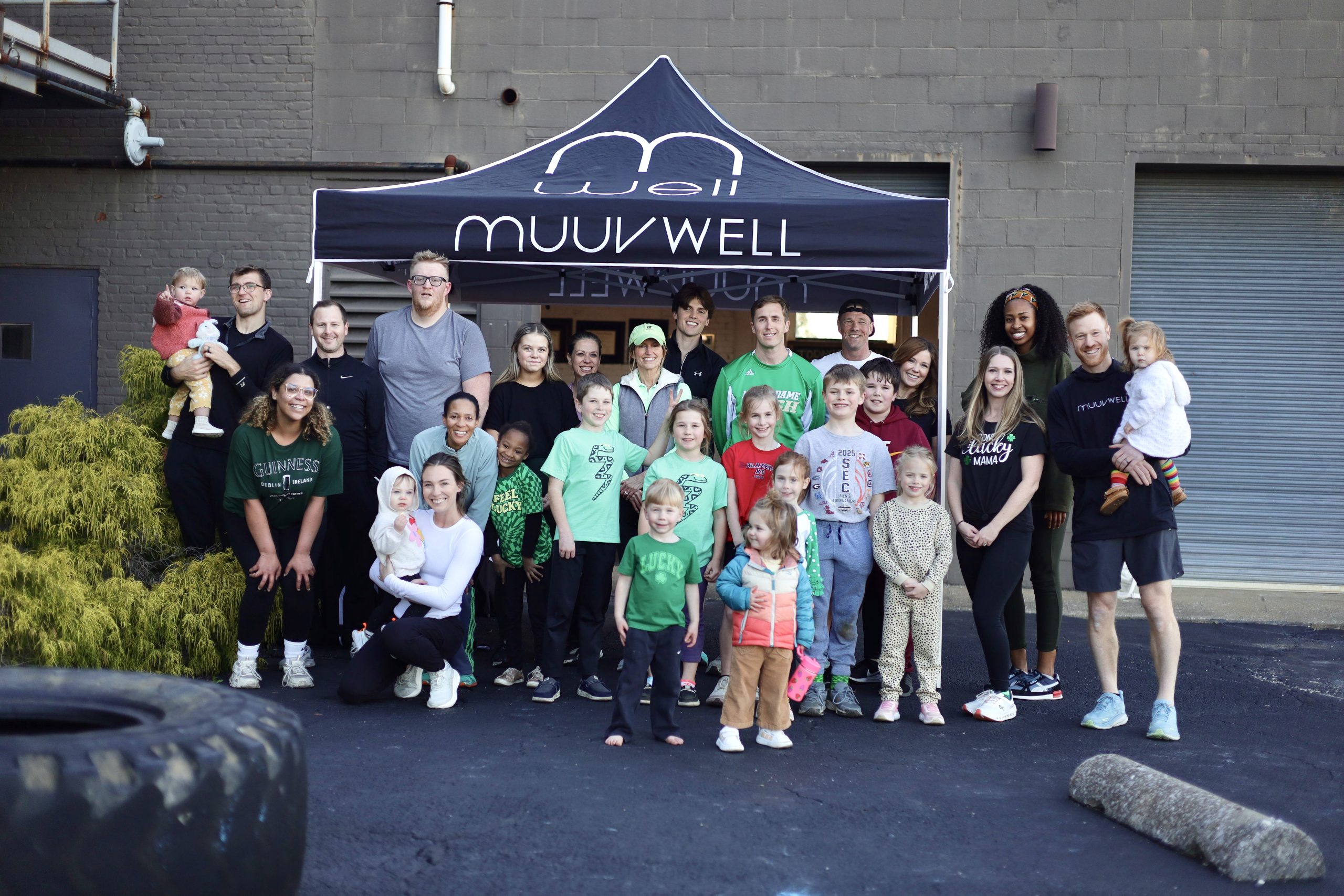Social eating is a part of life. Whether it’s a family dinner, a birthday party with friends, or enjoying lunch with your co-workers. On the one hand, eating with friends and loved ones is valuable. It’s a great time to connect, slow down, chat, and share a meal. On the other hand, social eating can be a challenge. It can throw a wrench in your healthy eating habits. In social situations, especially parties or outings, we don’t necessarily control the menu or flow of the meal. Here are some tips for enjoying social meals while keeping your nutrition goals on track:
Portions
There are a ton of different strategies for navigating healthier portions when sharing a meal with friends. Each social situation is different, so use whatever strategy best applies to the unique scenario:
- At a buffet, use a smaller plate. Build your plate, and walk away from the food. Take a rest before enjoying more.
- Focus on filling up on protein and non-starchy veggies (and small portions of the rest of the food options)
- Offer to bring a healthy side dish or appetizer to share
- Plan to have leftovers (don’t feel pressured to ‘clean your plate’!)
- At a restaurant, ask someone to split and entree or dessert with you
- Slow the pace – chat, put your fork down, take sips of water – all to slow the pace of your meal and help your body listen to fullness cues
- Ask for small portions, double veggies, a “to-go” container, or other modifications to align with your nutrition goals
Navigating Food-Pushers
Practice saying “Thank you, but, no thank you” to the people in your world who tend to show love through big portions of food. Whether it’s advocating for the portion you really want, “Yes, I want dessert, but please give me a small piece”, or politely deferring to enjoy that dessert if and when you choose, “This dessert looks so good! But, I’m stuffed. I don’t want to miss out, so I think I’ll take this home with me to enjoy later”.
Courageously change up the typical portioning routine within your circle of family or friends. Offer to help serve the dessert so you can play a part in the portion management, or create a new expectation in your circle to ask “Would you like dessert?” rather than assuming everyone wants a big piece. You can take it further and ask “How much would you like? A small, medium, or large portion?” to honor individual preferences. If you’re hosting, ask people to bring food containers with them, so they can take home what they aren’t ready to enjoy at the party. Rebel against the “clean plate” rule that has lasted for generations! You can foster an environment and tradition of honoring individual hunger and fullness cues in your own home, and within your social circles.
Stay Hydrated
Sip water (or seltzer water) before your meal. Dehydration can increase our hunger signals. So, staying hydrated can help to tame hunger and prevent overeating. If you plan to enjoy alcohol, aim to space apart alcohol beverages with water. This will help you stay hydrated, and reduce the overall calorie intake from alcohol alone. Alcohol can also lead to increased hunger, and therefore, eating more food and calories than you would if there was no alcohol involved. So, be mindful of how alcohol impacts your eating trends.
Enjoy the Company
Focus on the company, and not just the food. If you find yourself lingering around the food table, consider shifting the enjoyment to another space, whether it’s walking together after a meal at a restaurant, or playing a game in the living room of a friends home. Create a tradition of enjoying a meal together, and moving on to creating other memories together away from food.
Healthy Connection
Social meals are a part of life. It’s a beautiful opportunity to connect and fill our social wellness needs. These social meals can also be a healthy part of life. Whether that means making a few adjustments in your own actions, or setting new healthy trends for your family (like offering custom dessert portions, or asking if the group would like to walk or play a game to help fill the time away from food).
Written by: Stephanie Anklan, Registered Dietitian




